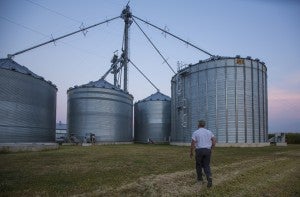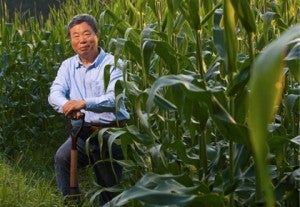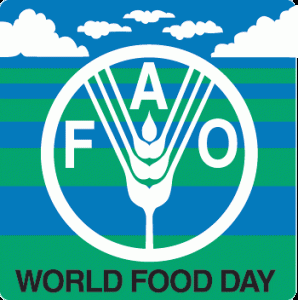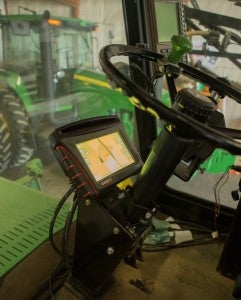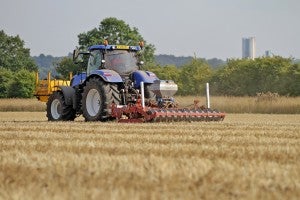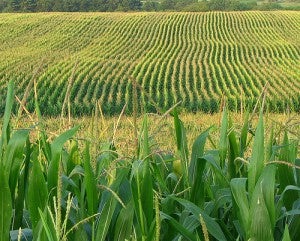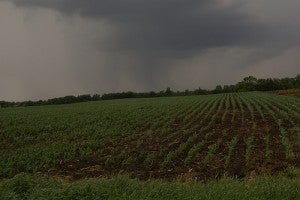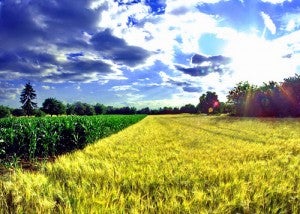
Credit: Flickr user Domenico
The CEOs of 14 major food and beverage companies have now signed a joint letter asking the 190 governments attending next month’s United Nations climate change negotiations in Paris to act decisively in order to protect global food supplies. In the letter, sponsored by sustainability advocate Ceres, these businesses pledged to accelerate action on climate change and asked U.S. and world leaders to do the same.
Other stakeholders are also pushing for crop production and food security to be a major topic of discussion at the upcoming negotiations, but agriculture isn’t in the draft text for a new climate agreement. Most of the focus will be on emissions from deforestation and land use changes.
These are pressing and important issues that are very closely tied to agriculture – but they don’t capture the emissions and environmental impacts that result from food production. This is problematic, since there’s a lot at stake for farmers. Reports on how climate change will impact the global food supply and crops will suffer from higher temperatures are everywhere.
That’s why we need investment, research, and tangible actions to help farmers and protect our food supply – and we need it now. Fortunately, the private sector can help – their pledges are a great step in the right direction, but it’s the demonstrations of agricultural innovation from within that can spark real change, at scale. Read More










